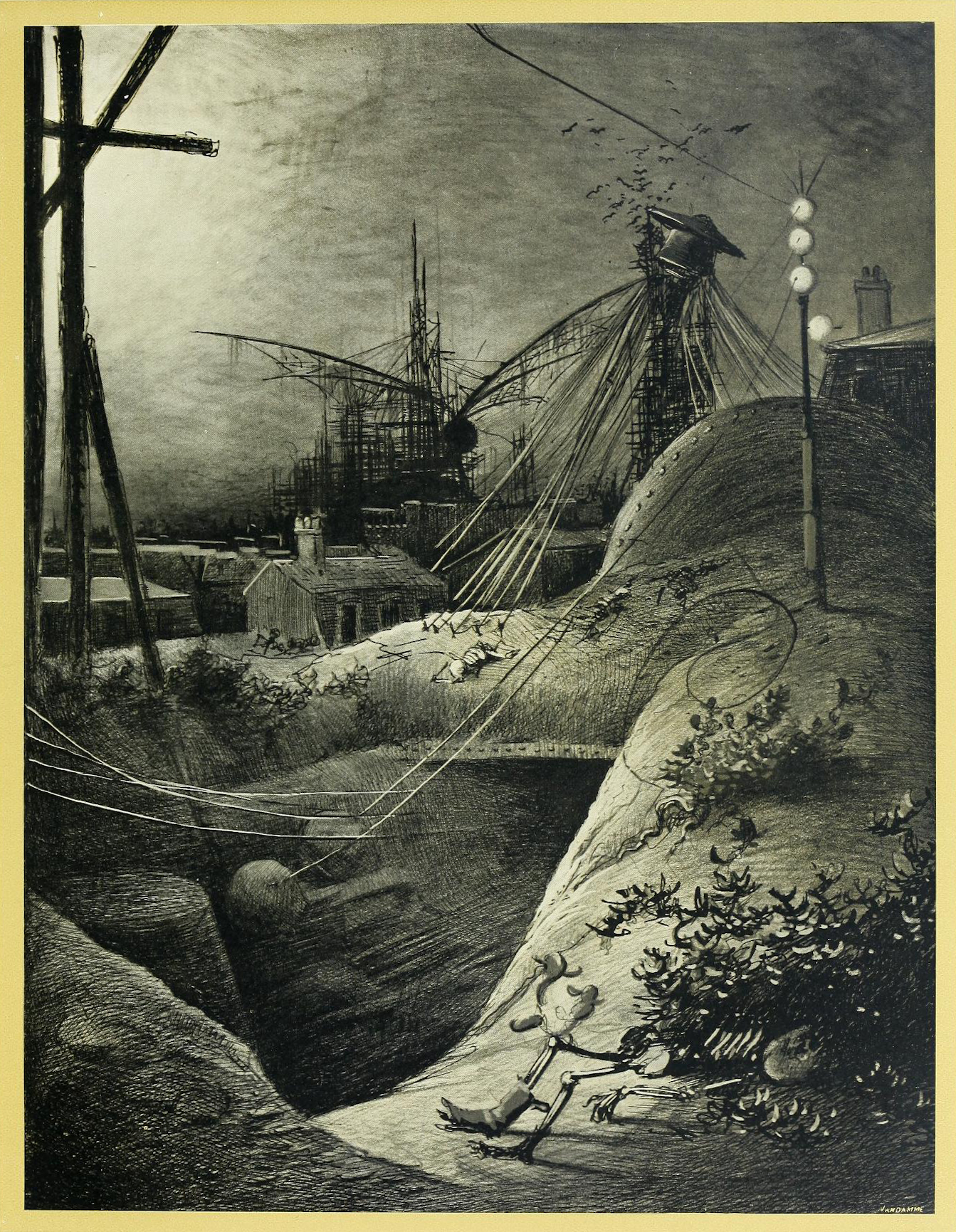

Through the interplay of the portrayals of technology and people, it became clear to me we can better understand the role of technology within our society through the relationships between the characters in each story and technology. What truly stood out to me was not the text but these illustrations themselves. VanDamme and in text illustrations drawn by Alvim-Correa. Apart from the text, the novel has illustrations between chapters by L. Both share a common thread of technology and its role in war and invasion. The War of the Worlds is a first-person narrative of two brothers’ perspectives as southern England is invaded by Martians, while “A Dream of Armageddon” tells the story of a dreamer recounting his dreams of a technological war in Capri to a stranger on a train.

This old-world style shows just how innovative the genre of science fiction was at the time Wells wrote this novel. However, what I actually found was a book almost a foot tall, its title engraved in calligraphy, fit more for a collection of fairy tales than a novel about a Martian invasion. I expected H.G Wells’ The War of the Worlds to come in a compact book, with a colorful comic illustration similar to modern science fiction novels and comic books.


 0 kommentar(er)
0 kommentar(er)
